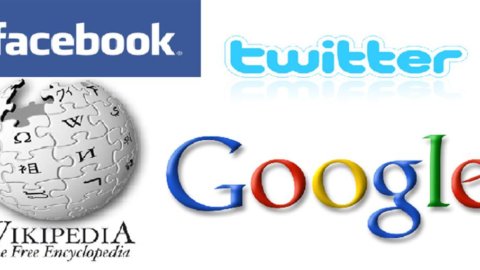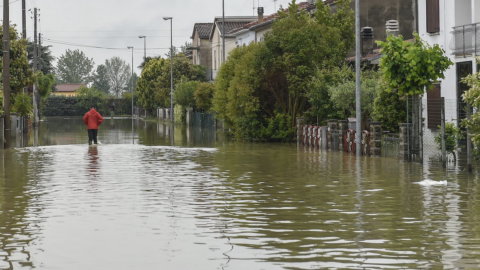The most active are the young ones born directly on the web, such as Fineco, CheBanca!, WeBank, but also unsuspected local realities such as Credito Valtellinese or Veneto Banca, or others that have become increasingly online over the years, such as Bank Ifis. The least active are the largest and most institutional ones, such as Unicredit, Intesa Sanpaolo and Mediolanum, which have neither a blog nor a Google Plus account, or Mps which opened the page on G+ without managing it (there is only one post! ), or even worse Banca Carige which has remained in prehistory: it is neither on Facebook nor on Twitter.
The relationship between banks and social media, analyzed by Social Minds in a research presented at Social Case History Forum 2013 in Milan, is constantly evolving and while on the one hand there are institutions that live on the network (through which they also collect data), from the survey conducted on a sample of 12 joint stock or cooperative banks and 20 cooperative credits (out of a total of 740 banks on the Italian territory, including 78 foreign branches) it emerges that almost one in 3 banks, 30%, has a management of social networks still to be developed or outsourced to third parties.
Although social networking has become the second form of digital communication used by banks to communicate with their customers (in 67% of cases, second only to the corporate website now used by 90% of companies), only 43% of them have created an ad hoc team dedicated to the management of corporate social media. This figure clashes even with the fact that now only 15% of banks do not offer the user an online deposit account, while 85% do.
But what is communicated on a social network, and above all what return does it have for the credit institution? Social Minds has also analyzed this aspect (the complete research, however, will only be published in July): first of all, there is still too little communication. In fact, the phenomenon of passive participation is predominant, whereby, for example, the number of fans on Facebook pages does not always (indeed, almost never) correspond to a number of actual active fans. Also the most followed page, that of IBL Banca with 97.971 followers, has only 3.419 active; even worse is Unicredit which out of almost 90 thousand has only 1.100 active. The virtuous example in this case is that of Intesa Sanpaolo which out of 29.618 fans has almost 10 actually active.
And what are we talking about? Mainly, for 63%, current accounts (43%) and mortgages, while only for 6% of loans. The feedback, unfortunately for the banks, however, is rather negative: in 55% of the cases examined the contents are of a neutral nature, in 28% (especially in the discussions on the customer experience and on the image of the bank) they are negative, and only in 17 % are positive character.
The one category that seems to excite customers is savings accounts: there are many discussions on the prospects of remuneration (rates, etc.), but both the image of this type of product and the experience following the opening of these "simple" investments for the saver are substantially positive.





